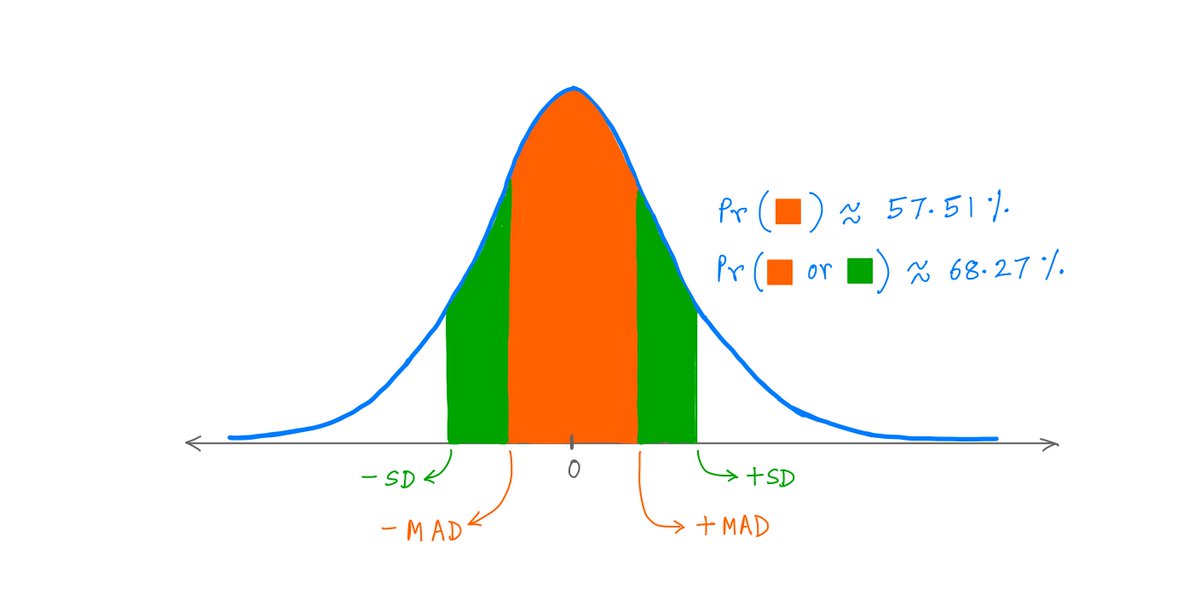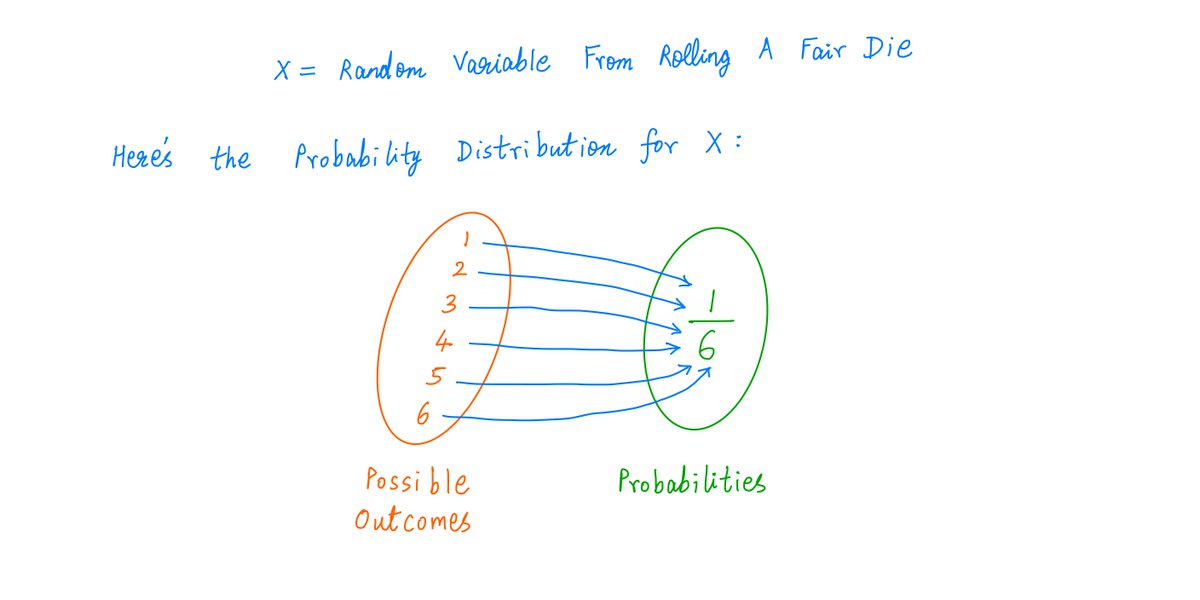2/
Businesses generate *cash* through their operations.
For example, Apple generates cash by selling iPhones.
Starbucks generates cash by selling coffee.
Google generates cash by selling ads.
IBM generates cash by doing things I don't understand.
Etc.
3/
Capital Allocation is the step that comes *after* generating all this cash.
That is, once the cash is available, what does the CEO *do* with it?
What projects does he invest in? What acquisitions does he make? Does he return any cash back to shareholders? Etc.
4/
Capital Allocation can make a tremendous difference to a company and its shareholders.
For example, at Berkshire Hathaway, Buffett took the cash generated by textiles and allocated it towards operations that produced much higher returns. Like insurance and candy.
5/
This transformed Berkshire Hathaway from a lowly bunch of textile mills to the super successful giant diversified conglomerate that it is today.
Along the way, long term shareholders reaped rich rewards.
That's *good* Capital Allocation.
6/
By contrast, many CEOs regularly invest in low-return projects, make ill-advised acquisitions, buy back their own shares at exorbitant prices, etc.
This kind of behavior makes shareholders poorer over time.
That's *bad* Capital Allocation.
7/
So, before buying a stock, it's a good idea to understand what kind of Capital Allocation is going on inside the company.
This thread will help you do that.
8/
Basically, there are only 5 things a CEO can do with surplus cash:
1) Invest for organic growth,
2) Acquire businesses,
3) Let the cash pile up on the balance sheet,
4) Buy back shares, or
5) Return the cash to shareholders as dividends.
So, let's look at each of these.
9/
Option 1. Invest for organic growth.
This means the CEO re-invests surplus cash back into the business, so as to *grow* it.
For example, Apple re-invests cash into R&D to develop new products and services.
Starbucks re-invests cash to open new stores in China.
Etc.
10/
Some of these re-investments are more *predictable* than others.
For example, Starbucks understands reasonably well the economics of opening a new store in China. They operate thousands of stores there.
11/
They know roughly how much a store will cost to open.
And once opened, they know roughly how much revenue and operating income to expect from the store over time.
So, they have a decent idea about what kind of *return* they'll get by investing cash to open new stores.
12/
By contrast, when Netflix re-invests cash to produce a new movie or TV show, it can be very hard to predict whether it'll be a huge hit or a dud.
Generally, the more predictable the unit economics of "re-investing for organic growth", the easier the capital allocator's job.
13/
Businesses that have a *long runway* to re-invest surplus cash, into reasonably *predictable* ventures, at *good* rates of return, are very valuable.
We can be fairly sure that a diversified group of such businesses will be worth more in the future than they are today.
14/
Option 2. Acquire businesses.
In general, it's hard to predict whether an acquisition will be successful or not.
Merging two companies together, with all their differences in culture, while preserving or growing profits, tends to be non-trivial for most CEOs.
15/
But that doesn't stop them from trying!
Plus, more revenue and more employees post-acquisition usually translate into higher pay for the CEO.
So, the incentives for a CEO going into an acquisition are not necessarily aligned with *shareholder* interests.
16/
Also, investment bankers and management consultants who stand to pocket huge fees from such deals tend to always be happy to draw up optimistic projections featuring lovely "synergies".
17/
So, due to these "incentive caused biases", plus the general difficulty of getting acquisitions to work, the "base rate" for success is low.
Still, many shrewd and disciplined capital allocators have created tremendous value for shareholders via intelligent acquisitions.
18/
I've generally found it meaningful to distinguish between "horizontal" acquisitions and "vertical" ones.
👇👇👇
19/
A "horizontal" acquisition is when a company buys another company that's roughly in the *same* business as itself -- typically to serve more customers.
For example, when Coca Cola buys another beverage maker, that's more or less a horizontal acquisition.
20/
By contrast, in a "vertical" acquisition, the target is in an *adjacent* business, and the acquiring company's goal is to get more control and capture more profits across the value chain.
For example, if Coca Cola buys a bottler, or a flavor supplier, that's going vertical.
21/
*Horizontal* acquisitions generally have higher success rates, as the acquirer is usually very familiar with the acquiree's business.
But many spectacularly successful acquisitions weren't neatly classifiable as horizontal or vertical (eg, Google's acquisition of YouTube).
22/
Option 3. Let cash pile up on the balance sheet.
This is a question of "opportunity cost".
A CEO may not have any bright ideas for investing this cash *at the moment*. But he's holding on to the cash *hoping* that such an opportunity will come sooner or later.
23/
The key variable here is the amount of time the cash is sitting on the balance sheet earning a pittance.
The longer it sits, the worse off the shareholders.
For example, suppose the CEO finds a $1B acquisition that will earn $500M every year -- from here on to eternity.
24/
That's an impressive 50% annualized return!
But suppose the CEO had to sit on that $1B for 5 years before this splendid opportunity came along.
Now, the net annualized return is only ~20%.
The *opportunity cost* of holding cash is *very* real.
25/
Option 4. Buy back shares.
When there are no obvious ways to deploy surplus cash into either "organic growth" investments or acquisitions, many CEOs elect to use the cash to buy back and retire shares of their own company.
26/
Share buybacks are often vilified in the press, by popular members of Congress, etc.
My opinion is this:
There are times when share buybacks make sense. And times when they don't.
27/
To me, share buybacks make sense when:
a) The CEO can find no obvious re-investment/acquisition opportunities for surplus cash,
*AND*
b) The shares are cheap.
28/
Share buybacks do NOT make sense when:
a) Shares are bought back just to offset the dilution caused by Stock Based Compensation,
*OR*
b) The shares are expensive.
29/
For example, let's say a company has 100 shares outstanding and we own 1 of them.
So, we own 1% of the company.
Suppose the company plans to use every dollar of earnings to buy back shares.
30/
If the shares trade at a 10 P/E, the company will buy back 10 shares in 1 year. Our ownership of the company will increase from 1% to ~1.11%.
But if the shares trade at a 25 P/E, the company will only buy back 4 shares. Our ownership stake will only increase to ~1.04%.
31/
The math is clear on this one.
The *more* expensive the shares, the *less* benefit long term shareholders will get from buybacks.
32/
But unfortunately, many CEOs *perpetually* believe their company's shares are cheap.
So, they tend to buy back shares all the time -- EXCEPT when there's a crisis and the shares are *really* cheap.
Then, CEOs *suspend* share buybacks to "conserve cash".
33/
Incentives can play a role here as well.
If the CEO's pay is tied to "Earnings Per Share", then he may have an incentive to get the share count as low as possible.
In this case, buybacks may benefit the CEO but harm long term shareholders.
34/
Option 5. Return cash to shareholders as dividends.
This is usually the last resort for most CEOs.
Because dividends are after-tax profits that are taxed again in the hands of shareholders (ie, double taxation!), they're generally viewed as less favorable than buybacks.
35/
There's some merit to this logic.
But that doesn't mean buybacks should *always* be preferred *regardless* of price.
When shares are super expensive, dividends can be the better option -- even *after* accounting for double taxation.
36/
If you're still with me, thank you very much!
Capital Allocation can drive investment returns in a big way.
I hope this thread gave you a basic framework to think about whether a CEO is allocating capital intelligently or not.
Please stay safe. Enjoy your weekend!
/End






